California’s New Rule for Turning Waste Water into Drinking Water
Water is a valuable resource to California, which is why none of it is going to waste. From the toilets to the kitchen sink, wasted water ends up being recycled by California in many surprising ways.
While most of this wasted water ends up at ice skating rinks, ski slopes, or in the farmlands of Central California, that water could be coming right back to your kitchen faucets. This is why!
California Is Turning Toliet Water into Drinkable Water
On Tuesday, California regulators approved a new rule that allows water agencies to recycle wastewater into drinking waters that can go to homes, schools, and businesses, according to The Associated Press.

Source: Karolina Grabowska/Pexels
No, this does not mean Californians will be drinking toilet water. Instead, this rule is one of the many ways California is trying to deal with its lack of a secure and reliable water source to drink from.
Drinkable Water Is Hard to Find for Some Californians
With 39 million residents in the state, drinking water has been a decades-long struggle for California. According to the Los Angeles Times, families in the Mojave Desert can never drink from the tap due to the dangerous levels of arsenic that plague the water supply.
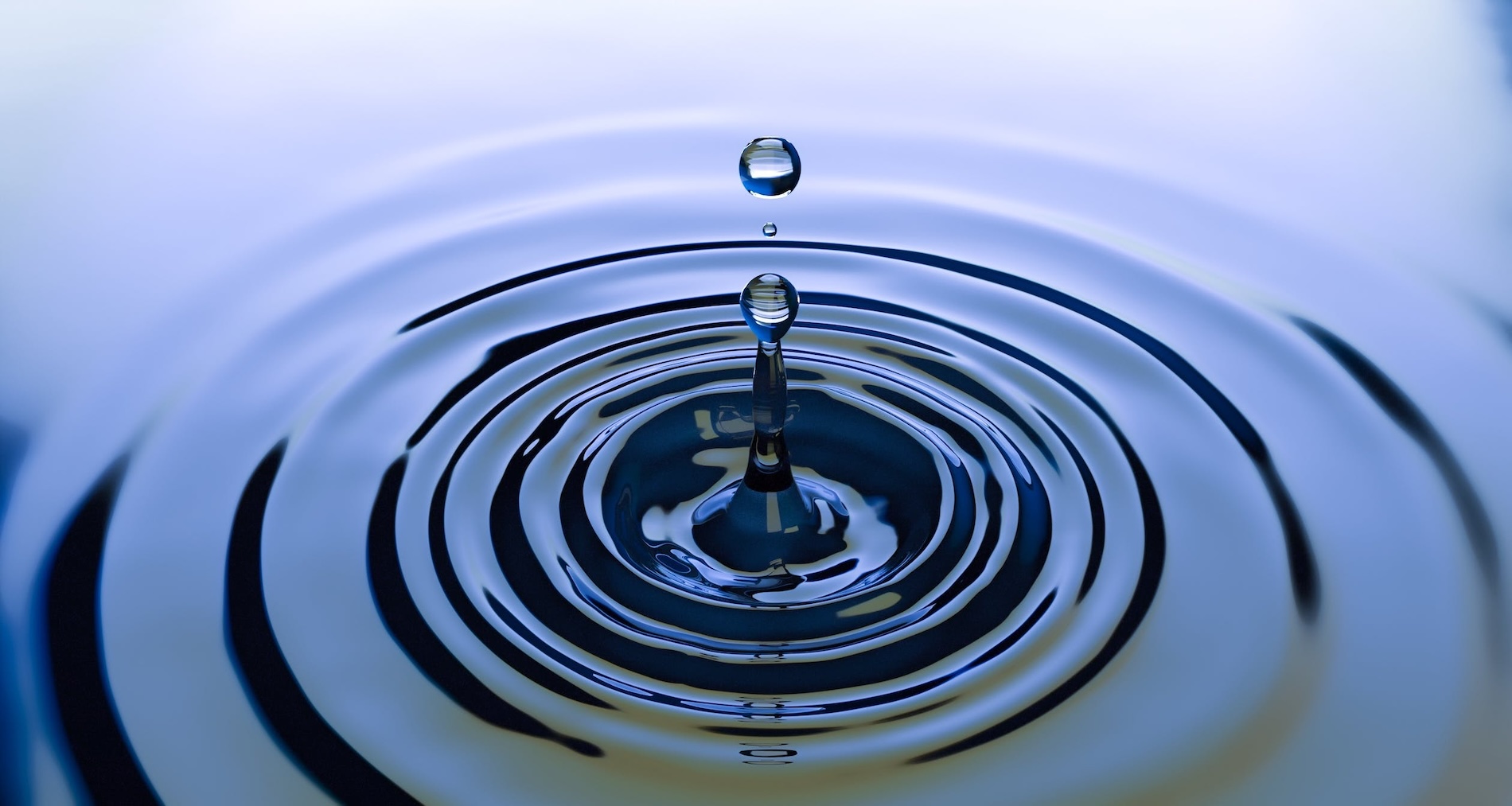
Source: Pixabay/Pexels
On top of this, the multiple extreme droughts draining the state’s water reservoirs to dangerously low levels are putting added pressure on the Golden State to supply clean, drinkable water.
California Is Trying to Make Sure Everyone Has Drinkable Water
In 2012, California became the first state in the U.S. to declare that access to clean, safe, and affordable drinking water is a human right. “Water is so precious in California. It is important that we use it more than once,” Jennifer West, managing director of WateReuse California, a group advocating for recycled water, told AP.
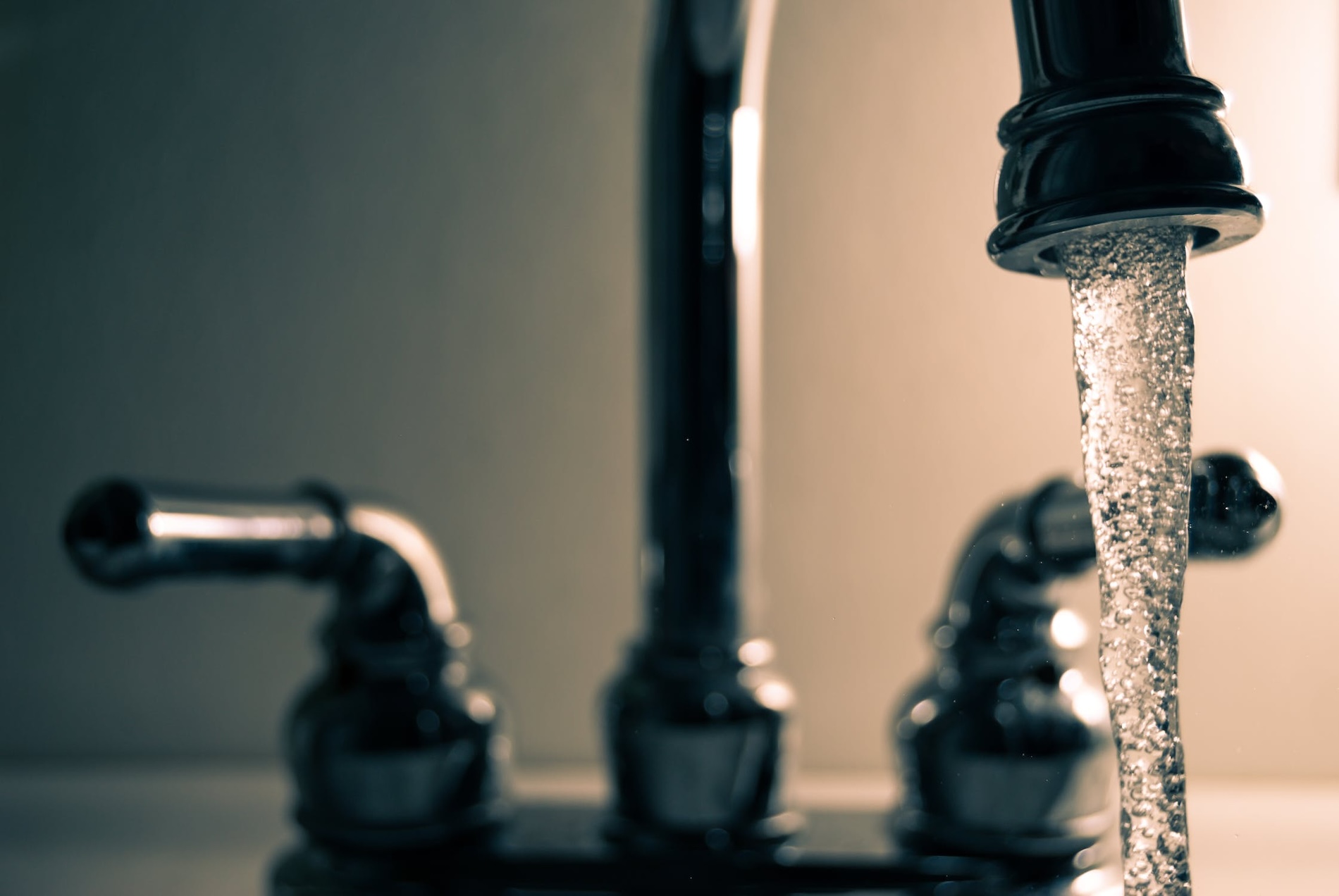
Source: Steve Johnson/Pexels
Recycling wasted water isn’t a new phenomenon in California, but it could cause more problems for California as they try to fix the current water problem in the Central Valley.
California's Central Valley Has a Water Crisis on Its Hands
In the Central Valley, many communities currently have water that is riddled with contaminants. While the agricultural industry is booming and using recycled water, the heavy use of fertilizers and fumigants has worsened the water quality.
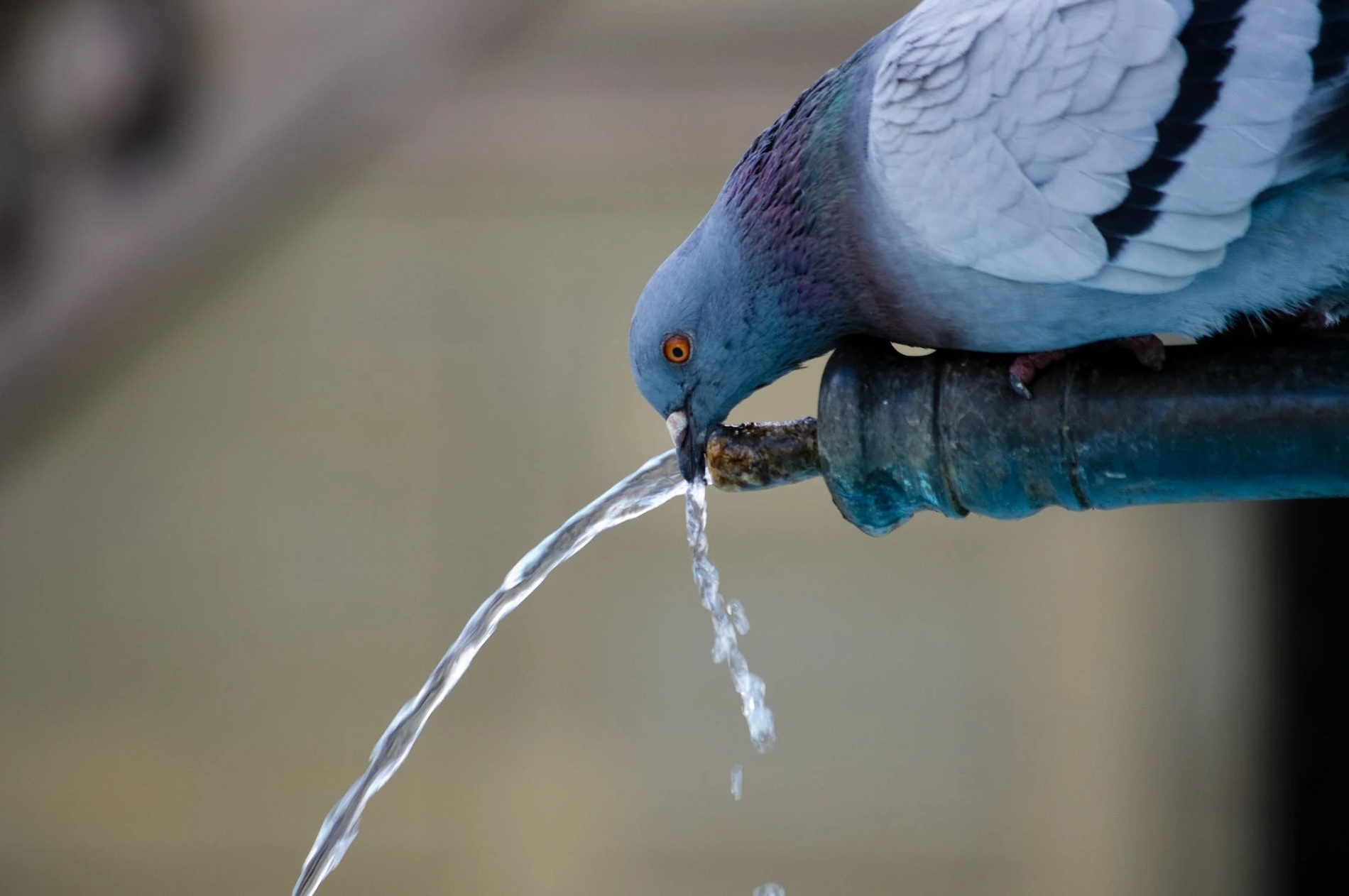
Source: Pixabay/Pexels
The State Water Resources Control Board believes that the lack of involvement from the local governments has partially contributed to the poor water quality in these communities.
Will This New Rule Help the Central Valley?
However, some say that the state can be doing more to ensure that all Californians have access to clean and safe water. Hopefully, this new rule from the state will help improve the safety and quality of drinking water across California.
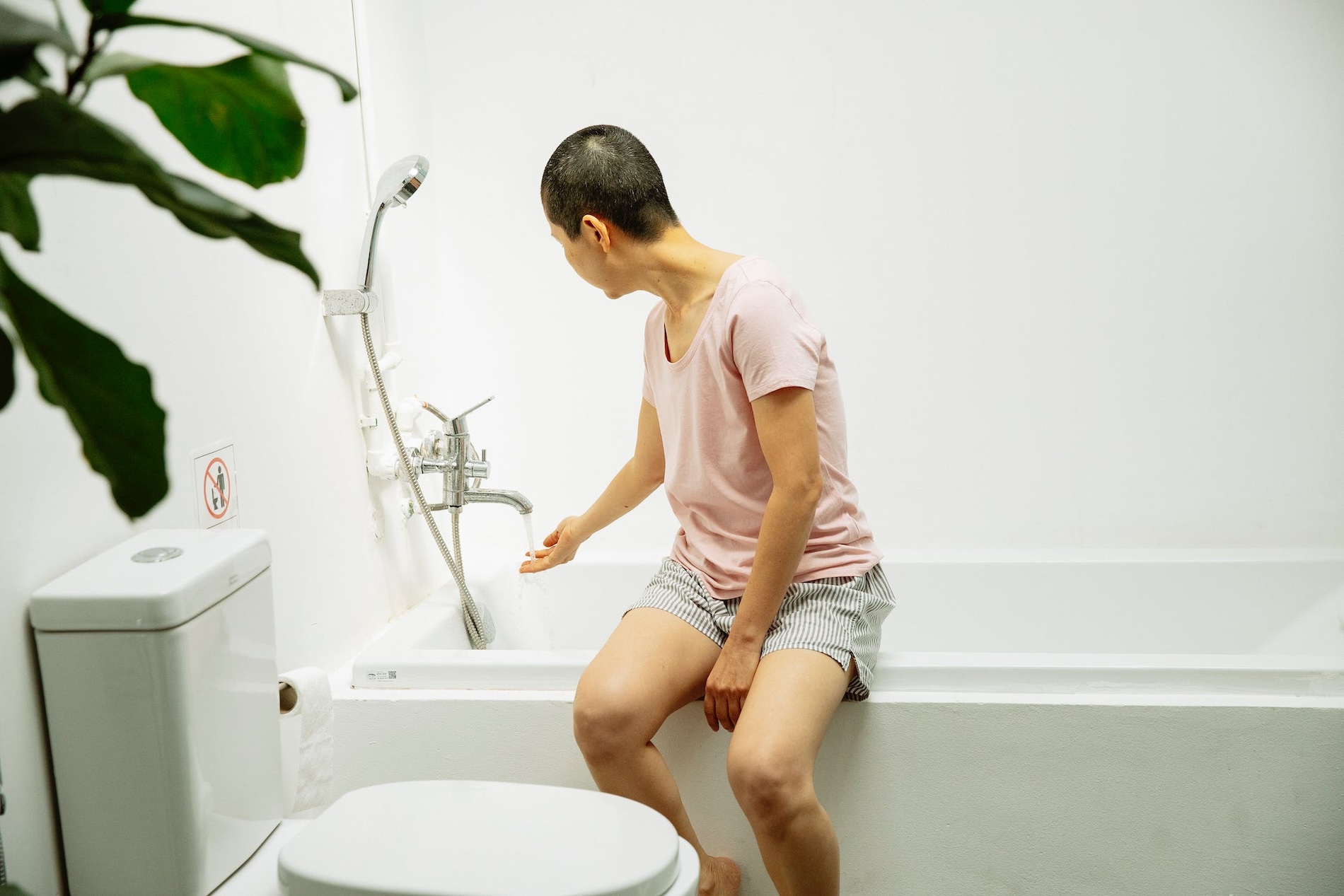
Source: Michelle Leman/Pexels
The State Water Board “has funding available to help these failing systems improve the quality of their drinking water. Nonetheless, the board has generally demonstrated a lack of urgency in providing this critical assistance,” Michael S. Tilden, then-acting California state auditor, wrote last year.
What Is Being Removed from the Water?
According to AP, California’s new wastewater rule requires pathogens and viruses to be treated. What makes this process different from regular water treatment rules that have been in place for a while is that the new treatment removes all of the minerals from the water.
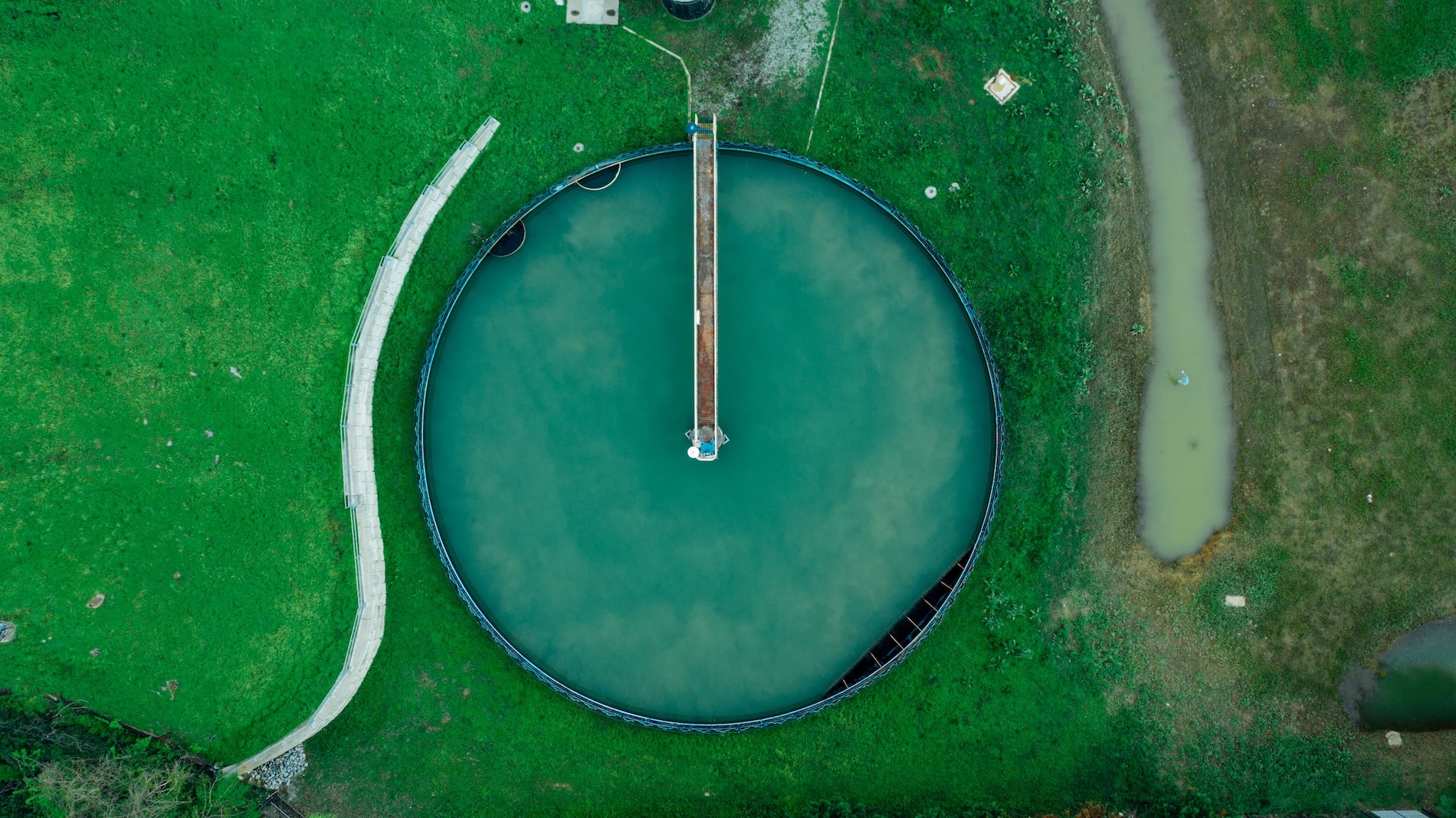
Source: Kelly/Pexels
However, removing all of the minerals from the water makes the drinking water taste good. The state says they will be adding some minerals back into the water.
Some Minerals Will be Added Back into the Water
Unfortunately, the process is expensive and time-consuming. Darrin Polhemus, deputy director of the division of drinking water for the California Water Resources Control Board, says that the necessary treatment facilities will only be an option for bigger, well-funded cities at first.
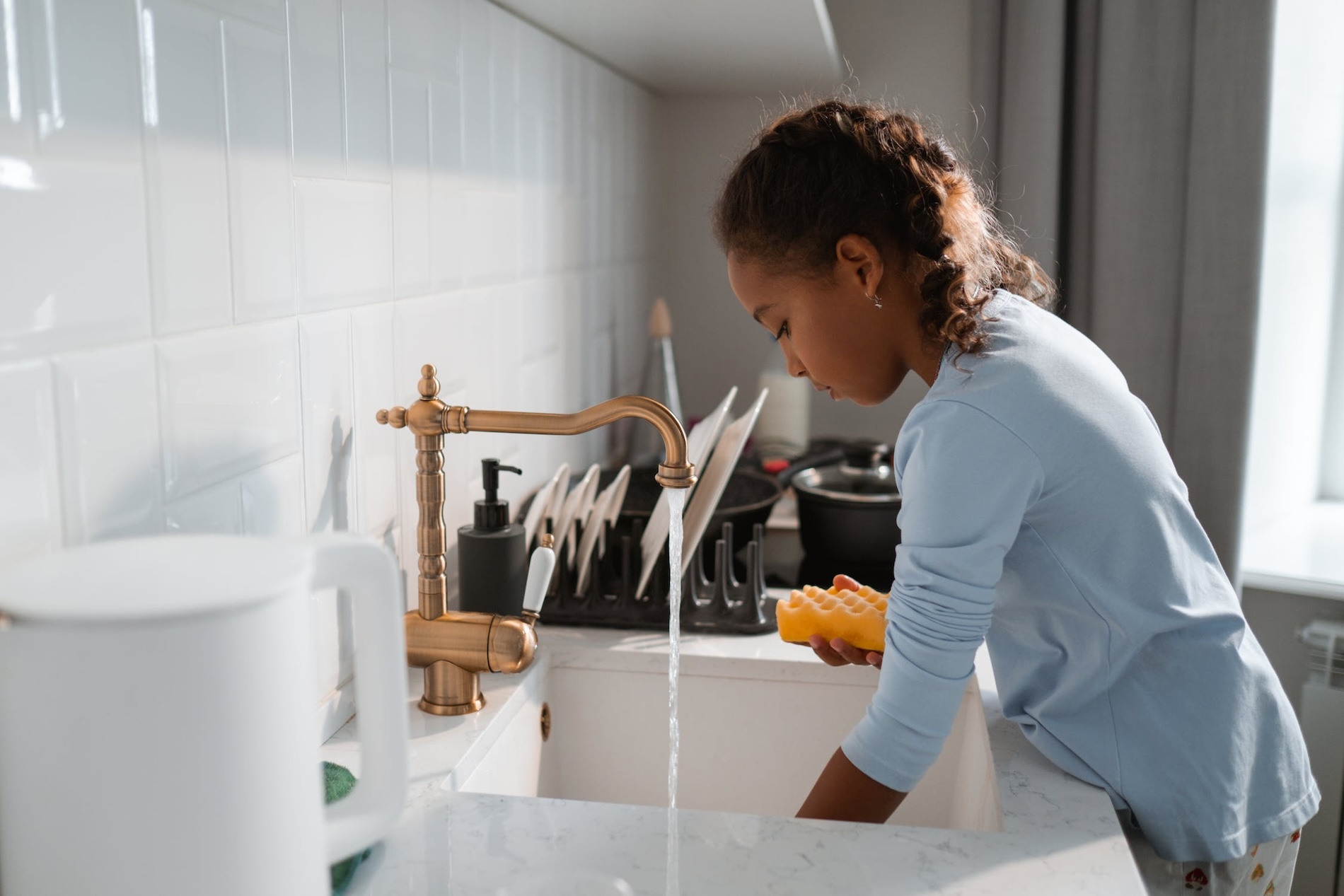
Source: cottonbro studio/Pexels
Cities like San Jose have opened the Silicon Valley Advanced Water Purification Center for public tours to explain the high-tech process that will be introduced into everyone’s everyday lives.
When Will This New Rule Go into Effect?
Joaquin Esquivel, chair of the Water Resources Control Board, approved these new rules in December with the hopes that clean drinking water can be available to almost everyone in the state. Since drinking water is already recycled, why not take the extra step to make the water drinkable again?

Source: Pixabay/Pexels
According to AP, most wastewater treatment plants treat water before putting it back into rivers and streams. This water flows down to the next town so the residents there can drink it.
Will All of California's Drinking Water Be Recycled?
“Anyone out there taking drinking water downstream from a wastewater treatment plant discharge — which, I promise you, you’re all doing — is already drinking toilet to tap,” Esquivel said.
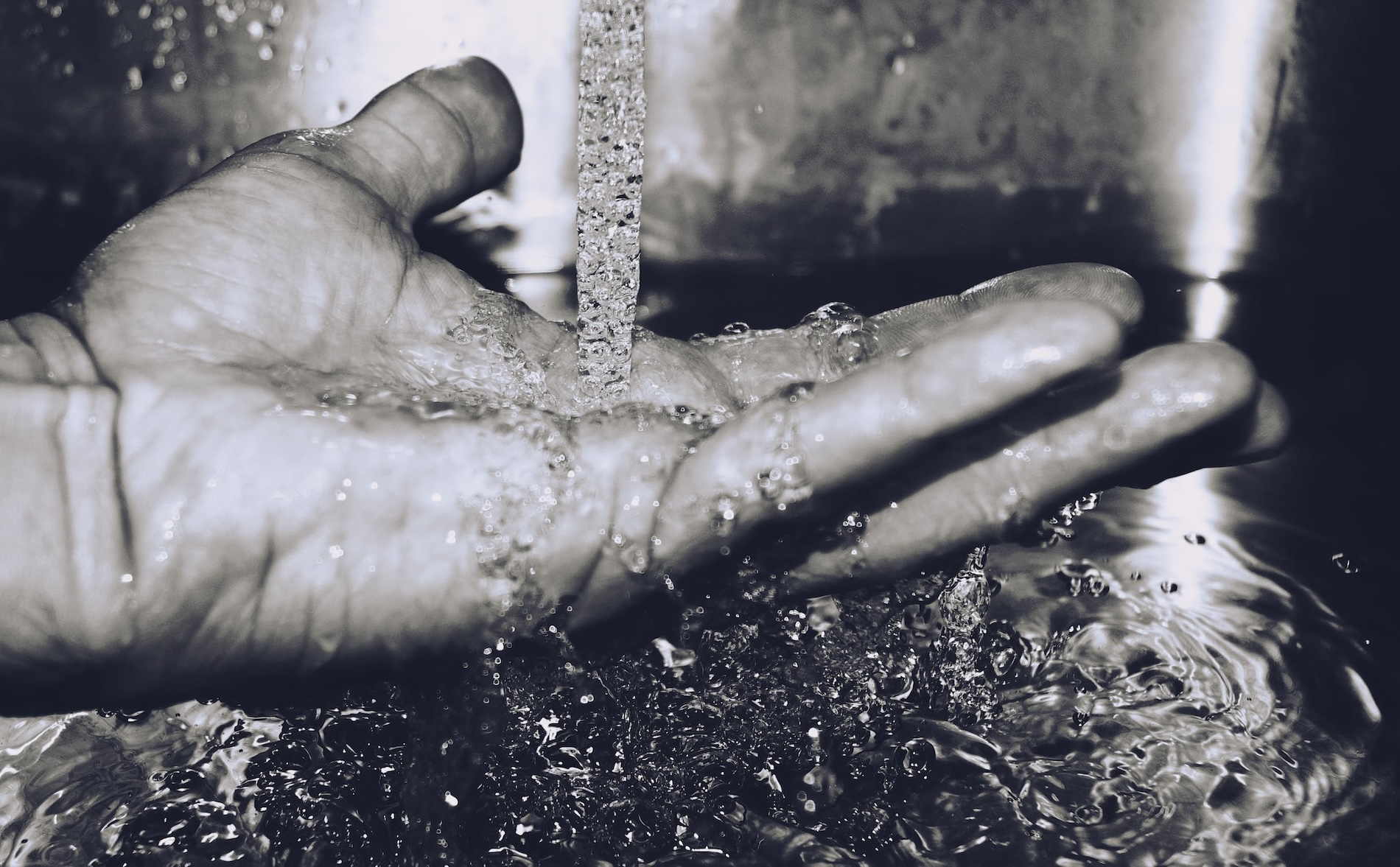
Source: George Becker/Pexels
Esquivel continued, saying, “All water is recycled. What we have here are standards, science, and — importantly — monitoring that allow us to have the faith that it is pure water.”
California Isn't the Only State to Make Waste Water Drinkable
If you are still worried about drinking recycled wastewater, then let’s ease your mind. California is the second state to allow agencies to do this. Colorado was the first state in the U.S. to make drinking water from water that has been flushed away from residents since 2022.
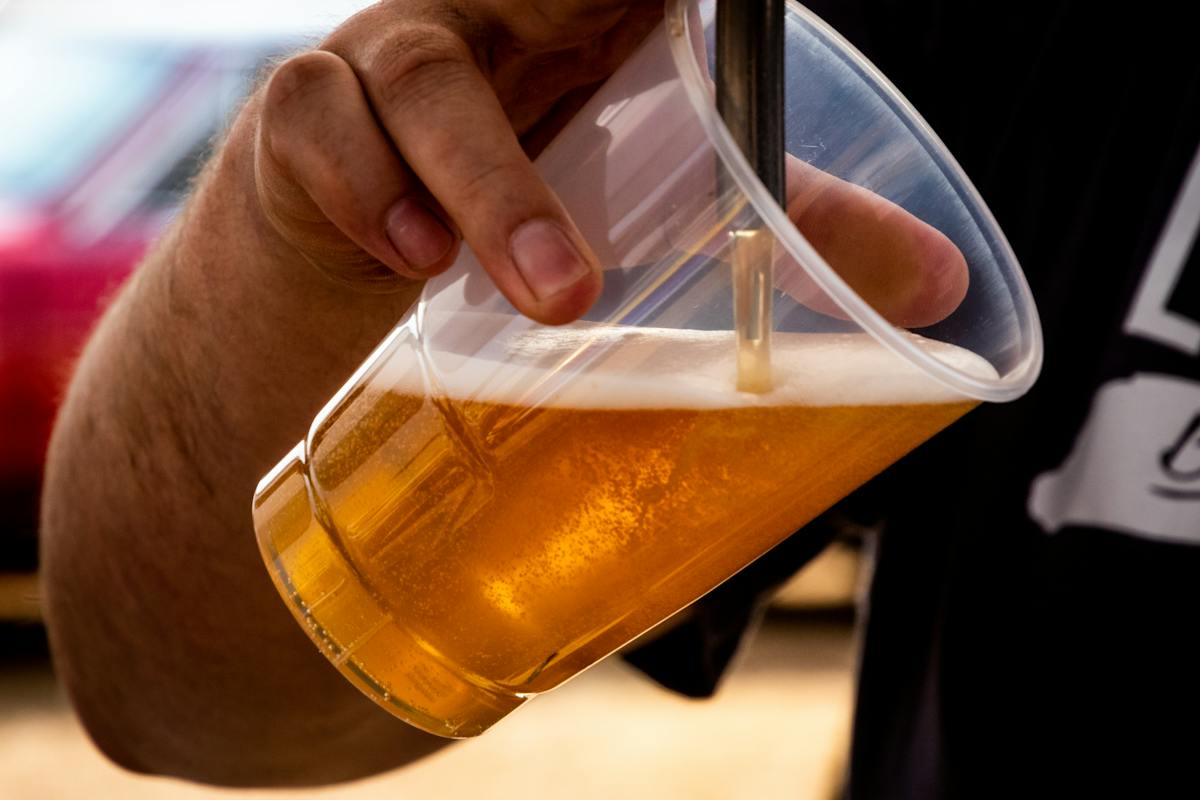
Source: Magda Ehlers/Pexels
Oddly enough, the idea came from Eric Seufert, who brewed a test batch of beer in 2017 with water from recycled sewage (via PBS).
This Isn't Your Mother's "Toilet to Tap" Water
While many opposed the process known as “toilet to tap” in the 1990s when the idea was first proposed in Los Angeles, water purification technology has advanced rapidly. “This is an exciting development in the state’s ongoing efforts to find innovative solutions to the challenges of extreme weather driven by climate change,” said E. Joaquin Esquivel, the chair of the water resources board (via The New York Times).
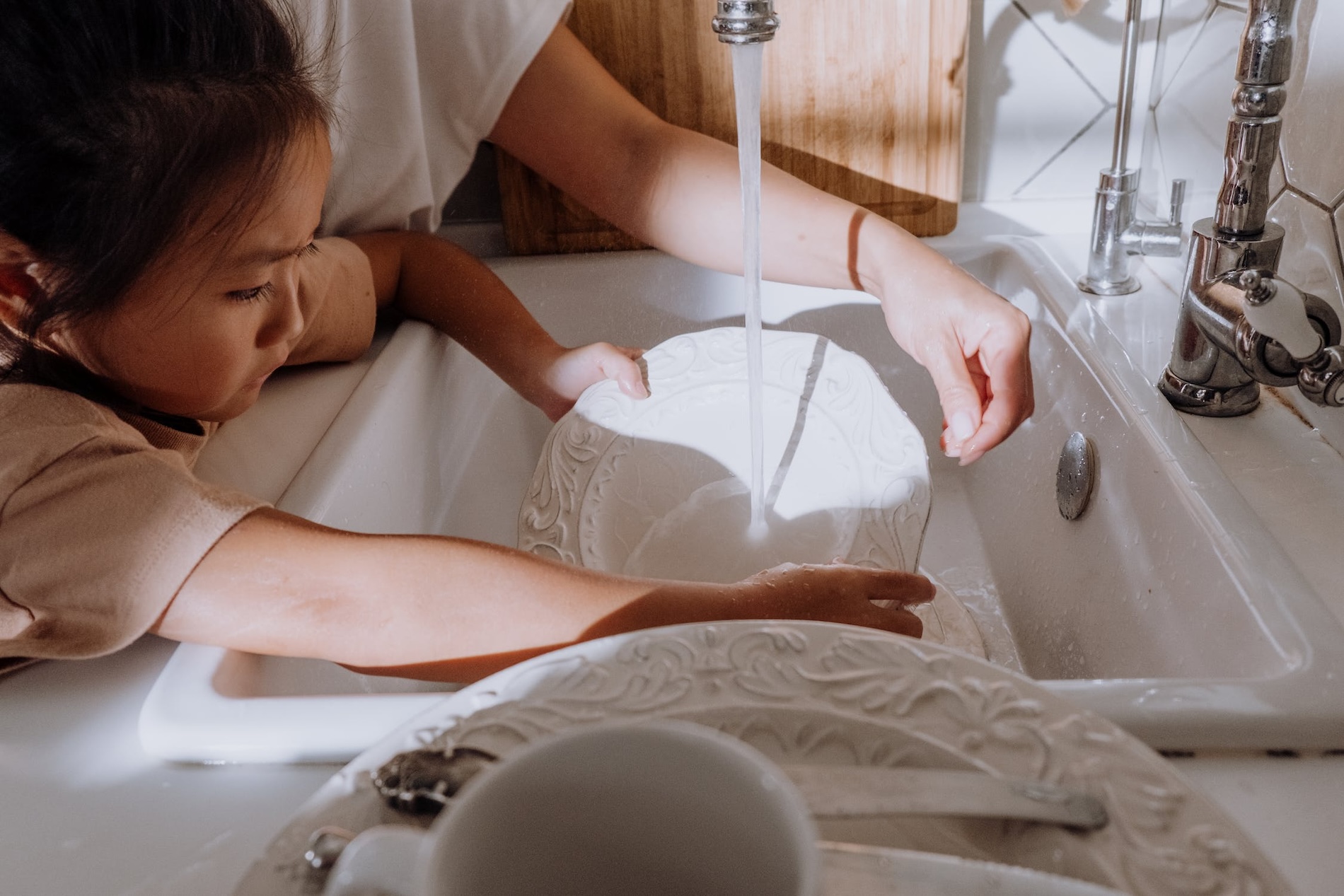
Source: cottonbro studio/Pexels
He added that “these regulations ensure that the water produced is not only safe but purer than many drinking water sources we now rely on.”
